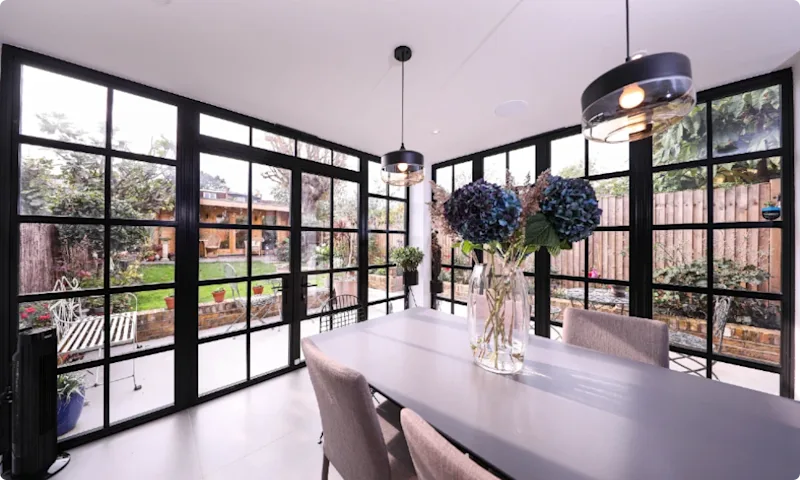Back in the days before 2020, there was a planning route known as the ‘Larger Home Extension Scheme’, which allowed homeowners to build single-storey rear extensions that were larger than those traditionally constructed under permitted development.
Since this scheme came into effect, it’s changed year on year. In 2020, the name was dropped altogether, as the size allowances were combined with a new set of permitted development rights. This means you can still build a large rear extension without a full planning application, however, the way you go about this is slightly different from when the scheme first came into effect.
To discover what you can build here’s some advice from our team of planning experts…
How big can a rear extension be?
To take advantage of this extra allowance under permitted development, you’ll need to ensure your plans extend no more than 8 metres (for a detached property) or 6 metres (for all other properties) from the rear elevation of the original house, as it stood on 1 July 1948.
Even if you haven’t built a rear extension yourself, your permitted development rights may have already been used up if a previous owner added to the property. If you think this might be the case, book a free consultation call with our friendly architects, who can check on your behalf.





